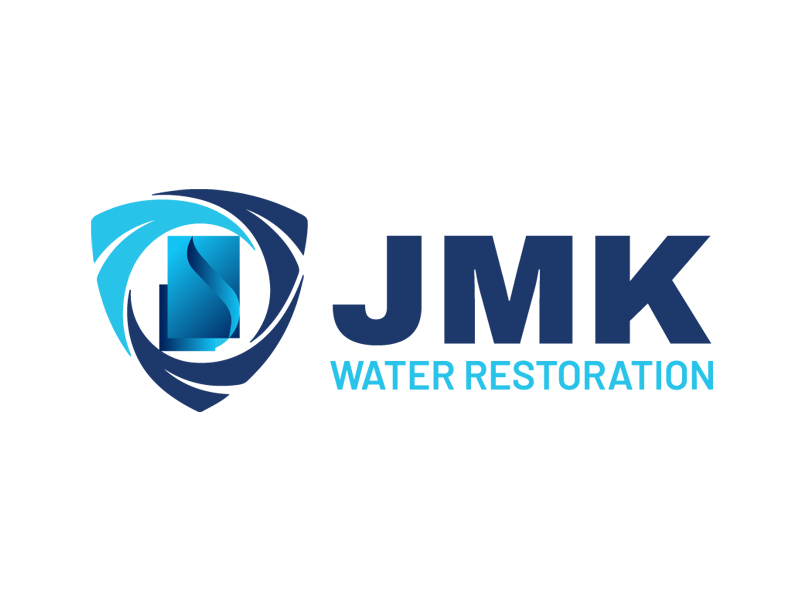Is Your Job Making You Sick? The Hazards of Mold in the Workplace

You may not realize it, but your workplace could be making you sick, and not the usual kind of “sick”, but the literal kind. The truth is your office could be teeming with mold — a silent killer that can wreak havoc on your health without you even knowing it.
It can grow anywhere, from damp walls and ceilings to carpeting and furniture. And once it takes hold, it releases airborne spores that can cause allergic reactions and respiratory problems.
But don’t worry; in this blog, our mold removal experts at JMK Restoration will help you uncover the hazards of mold in your workplace and provide practical steps to protect yourself from exposure.
Can Workplace Mold Make You Sick?
You might not realize it, but the air you’re breathing at work could be filled with a silent danger slowly making you feel unwell. And it’s not just any danger – it’s mold. Mold is a fungus that can grow and thrive in moist environments like bathrooms, kitchens, and other areas with poor ventilation.
When mold spores are released into the air, they can cause respiratory problems such as coughing, wheezing, and shortness of breath. If left unchecked, mold can lead to serious health effects like allergic reactions and neurological damage.
Common Types of Mold Found in Workplace Settings
In workplace settings, several types of mold can be commonly found, posing potential health risks to employees:
- Aspergillus — This mold is commonly found in damp areas and can cause respiratory issues, particularly in individuals with weakened immune systems.
- Cladosporium — Thriving in both indoor and outdoor environments, Cladosporium can trigger allergies and respiratory symptoms.
- Stachybotrys chartarum (Black Mold) — This type of mold grows in water-damaged areas and produces mycotoxins that can lead to severe respiratory symptoms and even neurological effects.
- Penicillium — Often present in water-damaged buildings, Penicillium is a common mold associated with indoor moisture.
- Alternaria —Found in damp areas like showers or basements, Alternaria can contribute to respiratory issues and allergies.
Being aware of these common types of mold in the workplace allows for the identification of potential risks and enables appropriate measures to be taken for remediation and ensuring the safety of employees.
How to Prevent Mold From Taking Over Your Workplace
To prevent mold from taking over your workplace, it’s important to understand the dangers of this fungus and take action if necessary. This can include conducting regular inspections for signs of moisture or water damage, addressing leaks or spills immediately, increasing ventilation in affected areas, and investing in professional mold remediation services if needed.
By preventing mold growth in your workplace, you can protect yourself and your colleagues from potential health risks in the future. Recognizing the signs of mold in your workplace is crucial for maintaining a healthy environment for everyone there.
How to Tell if There’s Mold in Your Workplace
If you smell a musty odor, see discolored walls or ceilings, or notice an increase in allergy-like symptoms among coworkers, mold may be lurking in the corners of your office.
Identifying mold sources can be difficult, but common culprits include leaks from roofs or pipes, poor ventilation systems, and high humidity. Mold testing and inspection procedures can help determine if an infestation is present.
To recognize the signs of mold in your workplace, keep an eye out for the following:
- Black spots on walls or ceilings
- Peeling or bubbling paint
- Condensation on windows
- An increase in respiratory issues among coworkers
- A noticeable musty odor
It’s important to take these signs seriously and address them promptly to prevent potential health hazards.
Should I Report Mold at Work?
Yes, it is important to report mold at work. Mold growth in the workplace can have serious implications for the health and well-being of employees. Mold releases airborne spores that can be inhaled, leading to respiratory problems, allergies, and other health issues.
By reporting the presence of mold, you contribute to maintaining a safe and healthy work environment. Prompt reporting allows for timely remediation, preventing the spread of mold and minimizing potential health risks. Additionally, addressing mold issues early can prevent further damage to the infrastructure and reduce associated costs.
How to Address Workplace Mold in Your Business
Now it’s time to tackle the mold issue head-on and get rid of the pesky intruder once and for all. Addressing the problem involves more than just cleaning up visible mold growth; it also requires identifying and correcting the underlying causes of moisture that allowed mold to grow in the first place.
Here are some steps you can take to address a mold problem:
- Conduct a thorough inspection — Look for signs of water damage, such as discoloration or peeling paint, and check areas with high humidity, like bathrooms and kitchens.
- Prevent contamination — Before removing mold spores, isolate the affected area from other parts of your workplace using plastic sheeting or tape.
- Remove mold spores — Use appropriate personal protective equipment (PPE) like gloves, goggles, and respirators when removing mold. Clean surfaces with commercial products approved for use against fungi.
Act quickly when dealing with a mold problem is important because prolonged exposure can lead to serious health problems. If you suspect a mold problem at your property, contact our mold removal team at JMK Restoration for an assessment today.
We can help you identify the source, eliminate the mold and prevent future outbreaks. Contact us now for a quote.
